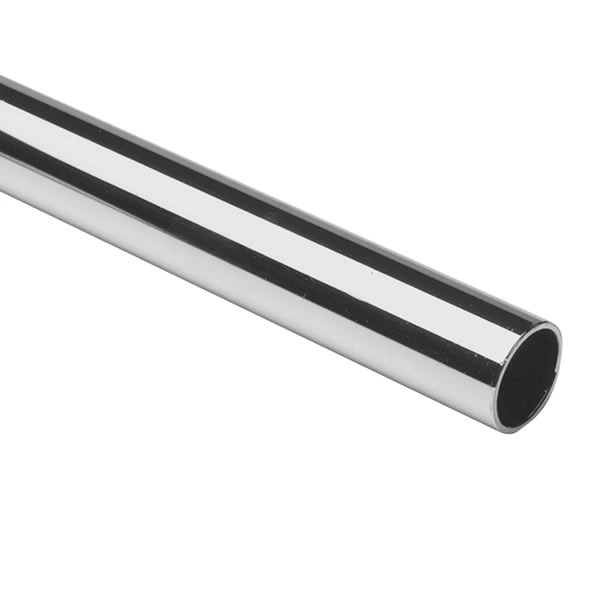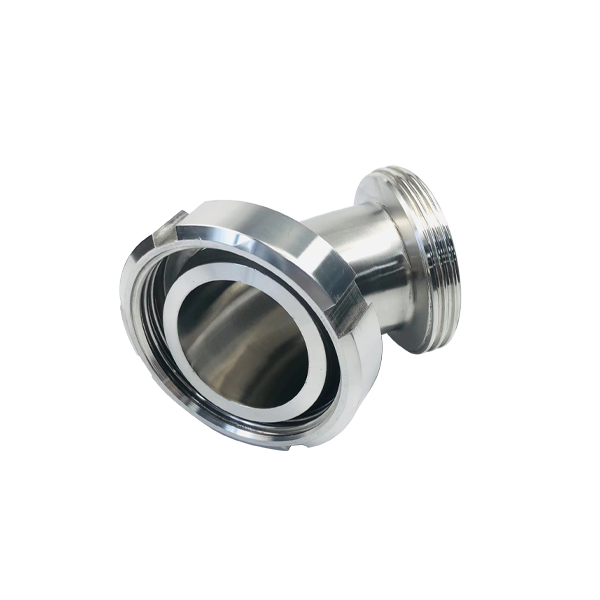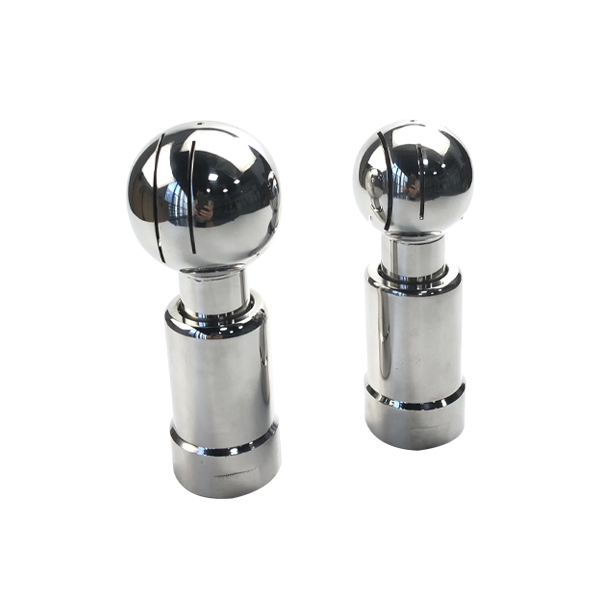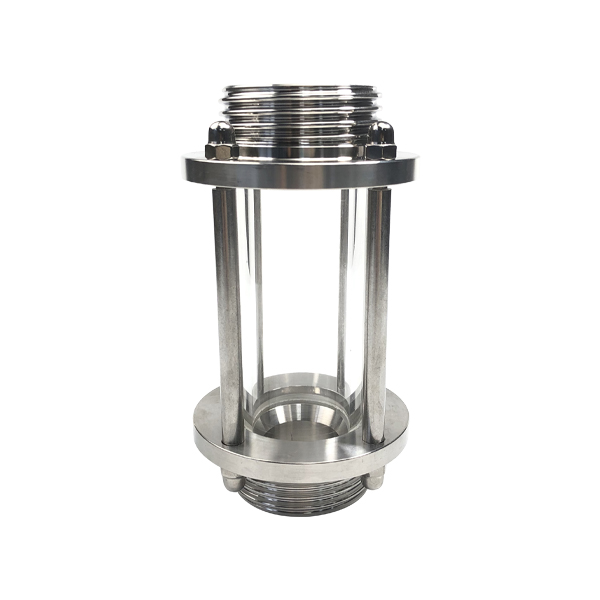BEER FERMENTATION TANK
A beer fermenter is a reaction vessel that provides a fermentation reaction place for beer yeast and raw materials during the beer production process. The beer fermentation tank body is made of high-g
A beer fermenter is a reaction vessel that provides a fermentation reaction place for beer yeast and raw materials during the beer production process. The beer fermentation tank body is made of high-grade stainless steel and is welded by a cylinder, an oval or dish-shaped head, and a 90-degree cone. It evenly mixes beer yeast with raw materials, promotes the fermentation reaction between materials, can achieve high-temperature sterilization in place, and protects materials from contamination. It complies with national GMP health standards and is widely used in the beer industry.
1. Structural composition of beer fermentation tank
Beer fermentation tanks are mainly composed of tanks, jackets, insulation media, supports, fermentation-specific sampling and discharging valves, coolant inlets and outlets, temperature sensor interfaces, pressure sensors, air respirators, CIP interfaces and other components.
The body of the beer fermentation tank is generally made of SUS304/SUS316L high-grade stainless steel. The inner cylinder wall is mechanically polished or electrolytic mirror polished. The outer cylinder wall is insulated with a 304 fully welded structure. The outer surface is mirrored or matte treated; the external connection port of the cylinder is made of Hygienic quick-open joint, safe and hygienic, no dead ends, in line with national GMP health standards.
The beer fermentation tank body is made of high-grade stainless steel, and the inner and outer surfaces are polished. The polishing accuracy is ≤ Ra0.4, which can prevent materials from sticking to the wall and is easy to clean;
The beer fermentation tank online control system adopts color LCD touch screen + PLC fully automatic control, which can detect and control relevant parameters of the fermentation process online. The control system includes sterilization interface, parameter setting and correction, data curve chart, data report, fermentation batch number setting, online animation, alarm device, etc. It can be connected to the host computer, computer and printer to realize remote monitoring and data storage and Print.
In addition, it is equipped with temperature control device, temperature measuring hole, CIP automatic rotating spray ball, defoamer, baffle, air distributor, temperature sensor, sight glass spotlight, liquid level gauge and other equipment, which is convenient for manual operation, simple and reliable .
2. Structural characteristics of beer fermentation tank
1. The top part of the beer fermentation tank: The top of the beer fermentation tank is a round arch structure. The central opening is used to place a removable large-diameter flange to install CO2 and CIP pipes and their connectors. The top of the tank is installed to prevent Vacuum valve, overpressure valve and pressure sensor, etc., a washing device is installed inside the tank, and a platform and channel for tank top operation are also installed.
2. Beer fermentation tank body part The beer fermentation tank body is a cylinder and is the main part of the tank. The height of the fermentation tank depends on the diameter and height of the cylinder. Due to the large diameter of the tank and the low pressure resistance, the diameter of the conical tank generally does not exceed 6m. The processing of the tank body is easier than the tank top. The outside of the tank body is used to install the cooling device and insulation layer, and a certain position is reserved for installing temperature and pressure measuring components. The cooling layer of the tank part has various forms, such as coil, Miller plate, jacket type, and is divided into 2 to 3 sections, which are connected to the cooling medium inlet pipe by pipes. The cooling layer is covered with polyurethane hair. Foam plastic and other insulation materials, and then wrap a layer of aluminum alloy or stainless steel plates outside the insulation layer. Colored steel plates are also used as a protective layer.
3. The conical bottom part of the beer fermentation tank. The angle between the conical bottom of the beer fermentation tank is generally 60º to 80º, and also 90º to 110º, but this is mostly used for large-capacity fermentation tanks. The height of the cone bottom of the fermentation tank is related to the included angle. The smaller the included angle, the higher the cone bottom part is. Generally, the height of the conical bottom of the tank accounts for about 1/4 of the total height, and should not exceed 1/3. The outer wall of the conical bottom of the beer fermentation tank should be equipped with a cooling layer to cool the yeast settled at the bottom of the cone. The bottom of the cone should also be equipped with inlet and outlet pipes, valves, sight glasses, temperature measurement, pressure measurement sensing components, etc. In addition, the ratio of the diameter to the height of the tank is usually 1:2 to 1:4, and the total height should not exceed 16m to avoid causing strong convection and affecting the settlement of yeast and coagulated matter. Beer fermentation tanks can be made of stainless steel or carbon steel. If carbon steel is used, the inner wall of the tank must be coated with a non-toxic coating that has no impact on the taste of the beer. The working pressure of the fermentation tank can be determined according to the working nature of the tank. Generally, the working pressure of the fermentation tank is controlled at 0.2~0.3MPa. The inner wall of the tank must be smooth and flat. The inner wall of the stainless steel tank must be polished. The paint on the inner wall of the carbon steel tank must be even and have no uneven surfaces or granular protrusions.
Stainless steel beer fermentation tank is a stainless steel container equipment. It is a commonly used fermentation tank, specially used to make beer and other alcoholic products; it is also suitable for dairy products, fruit juice drinks, pharmaceutical chemical industry or bioengineering and other fields.
3. Maintenance of beer fermentation tanks
1. The beer fermentation tank can be cleaned by CIP and sterilized by SIP online (121°C/0.1MPa);
2. Beer fermentation tanks have the advantages of energy saving, noise reduction, corrosion resistance, high productivity, and easy cleaning and operation;
3. The beer fermentation tank is designed with an appropriate diameter-to-height ratio, and the mixing device is customized as needed, which saves energy and has good mixing and fermentation effects;
4. The surface of the inner tank of the beer fermentation tank is mirror polished (roughness Ra≤0.4µm); the process openings such as inlet and outlet nozzles, sight mirrors, manholes, and the welding joints of the inner tank are all arc-shaped using the stretch flanging process The transition is smooth and easy to clean without dead ends, ensuring the reliability and stability of the production process.





